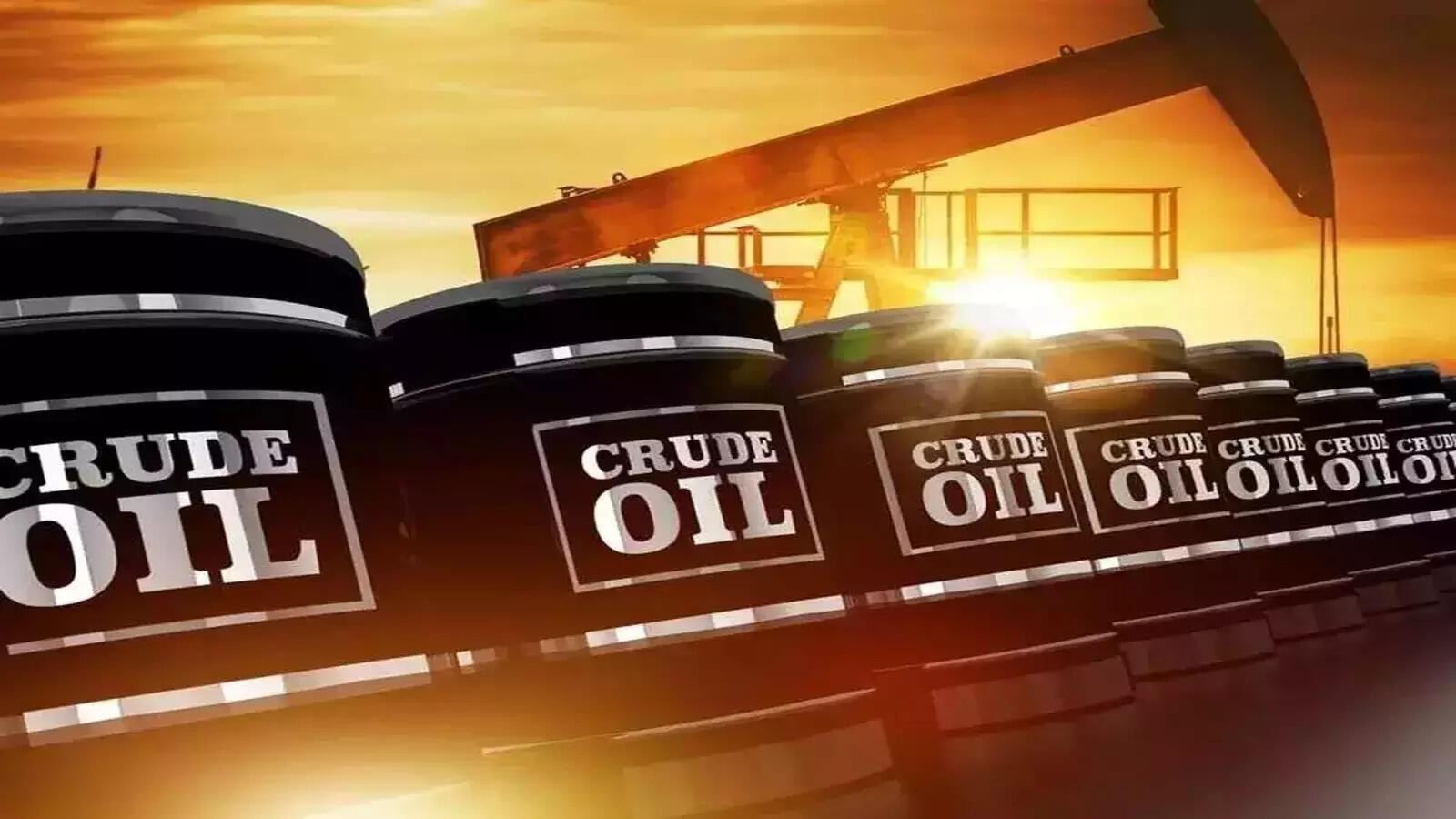New West Asia conflict may impact India. Limited direct trade impact is expected. Higher oil prices are a major concern for the Indian economy. Disruption of sea routes and increased freight costs are feared by exporters. Saffron prices may rise. Gold imports could increase the trade deficit. The world has managed conflicts in the past.
Okay, here’s a blog post rewrite of the linked Times of India article, aiming for a natural, engaging tone and injecting some subtle opinion where appropriate, while staying within the requested word count:
Are We About to Feel the Pinch? Oil, Shipping, and Your Wallet
Lately, the global economy feels a bit like a game of Jenga. Everything’s carefully balanced, but you know one wrong move and… kerplunk. And right now, there are some worrying shifts happening in the energy and shipping sectors that could be that destabilizing move, potentially hitting your pocketbook harder than you might think.
Remember when gas prices were finally starting to come down, offering a small sigh of relief at the pump? Well, hold onto your hats. Global oil prices are starting to creep back up, and that’s not exactly a cause for celebration. Several factors are at play here, not least of which are the ongoing geopolitical tensions and production cuts from major oil-producing nations. It’s a complex dance of supply and demand, and right now, demand seems to be inching ahead, pushing prices upward.
But it’s not just the cost of oil itself we need to worry about. The price of moving things around the world – shipping – is also on the rise. Think about it: nearly everything we buy, from our clothes to our gadgets, has spent time on a ship. And with global trade still humming (albeit with a few hiccups), the demand for shipping containers and cargo space is putting pressure on freight rates.
So, what’s the big deal? Why should you care about some abstract numbers in the oil and shipping markets?
Because these price increases don’t stay confined to boardrooms and trading floors. They trickle down. They seep into the prices of everyday goods. Think about the cost of transporting raw materials to factories, and then transporting finished products to stores. Every increase in fuel or shipping costs gets passed on to the consumer, eventually. That means your groceries, your clothes, maybe even that new gadget you’ve been eyeing will all likely become more expensive.
The article highlights that India, heavily reliant on imported oil, is particularly vulnerable. That reliance translates directly to inflationary pressures. We’ve seen governments and central banks battling inflation for months now, and rising oil and freight rates throw a serious wrench into those efforts. The Reserve Bank of India (RBI) has been working hard to keep inflation in check, and these external pressures could force their hand, potentially leading to further interest rate hikes – which in turn, can impact everything from home loans to business investments.
It’s a domino effect. Higher oil prices lead to higher transportation costs, which lead to higher production costs, which lead to… well, you get the picture. Suddenly, that trip to the grocery store feels a lot more expensive, and you might start thinking twice about that new purchase.
The interesting (and slightly alarming) thing is how quickly these shifts can happen. Just a few weeks ago, the narrative was about a stabilizing economy and easing inflationary pressures. Now, we’re facing the prospect of another price squeeze.
Now, is this all doom and gloom? Not necessarily. There are some potential mitigating factors. Increased efficiency in shipping, alternative energy sources, and government interventions (like strategic oil reserves) could help cushion the blow. It is also possible that the current price spikes are temporary, driven by speculation and short-term market fluctuations. But hoping isn’t a strategy.
Moreover, some businesses are already adapting. Companies are exploring more efficient supply chains, diversifying their sourcing, and even investing in more fuel-efficient transportation options. It’s a testament to the resilience of the business world, but it doesn’t erase the fundamental challenges posed by rising costs.
The bottom line? Keep an eye on those oil and shipping prices. They might seem distant and abstract, but they have a very real impact on your wallet. And while we can’t control global markets, understanding these trends can help us make informed decisions about our spending and saving habits. Maybe it’s time to start thinking about carpooling more, or finally fixing that leaky faucet to conserve water and energy. Small changes, multiplied across millions of households, can make a difference. Because right now, it feels like we all need to be a little more prepared for a potential pinch. It’s time to tighten our belts, not panic, and brace ourselves for whatever the global economy throws our way next.
📬 Stay informed — follow us for more insightful updates!







